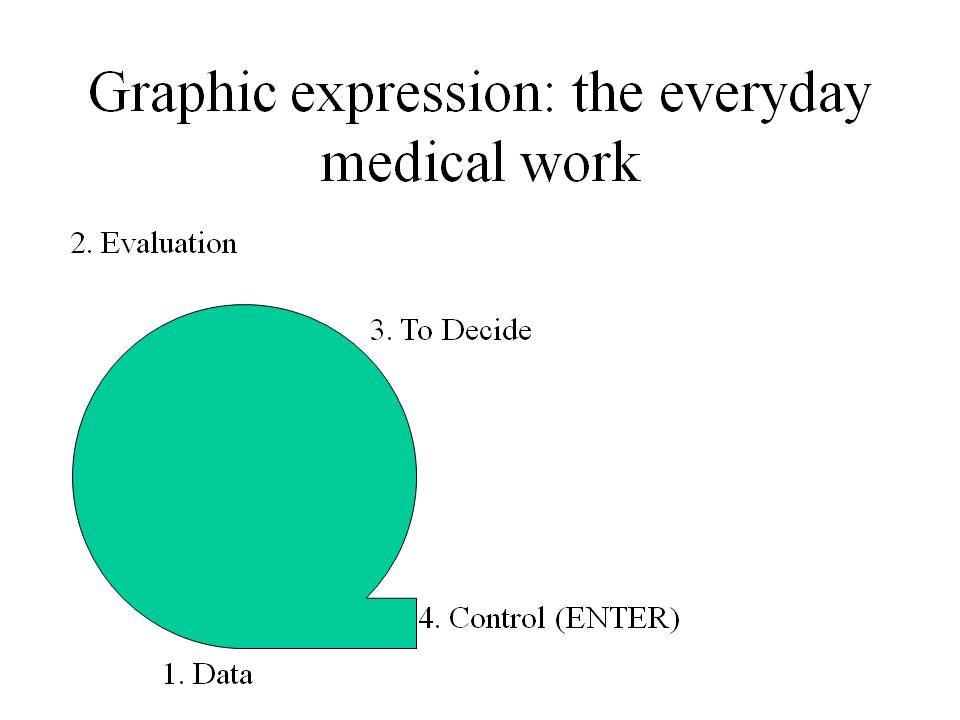The everyday morning visit: a system on it
The everyday morning visit

Every morning, doctors and nurses visit inpatients, assess data, listen to their situation, and make new decisions to complete the diagnostic process. In this seemingly simple process are involved intricate mental mechanisms, a high technical component, along with the necessary empathic and emotional
support that must surround every medical performance. Generally, the attendees know their business because they have learned over time, while the residents are attentive to detect all the details that they consider important, although usually they are more interested in the pathophysiology, the radiology, the detection of a bacteria or an abnormal physical sign, even more that the proper “medical work”.
Can medical work be taught?
Raising this question may seem out of place, because medical schools have been dedicated to teaching for a long time. Of course, we teach how to learn the anamnesis, physical examination, digital radiology, anatomy and so on, but all these material maybe not enough to be sure that we are building an excellent professional. As William Osler said, studying without practicing is like knowing the charts without going to sea, but also the practice itself, if not done in a “deliberate” way, that is to say with an active mental attitude, is not going to be useful to differentiate processes , that means to reach a calibrated and effective clinical reasoning for the benefit of patients and the sustainability of the health system.
The evaluation of clinical reasoning
As patients and professionals, we are very interested in knowing if our provider has an acceptable capacity to approach our clinical problem, that is, if his mental reasoning process is adequate, along with other capacities such as compassion, alertness and, of course, clinical knowledge . Probably every individual has its peculiarities when it comes to reasoning, and teaching how doing it in Medicine is difficult. If we could do that easily, we would have the secret to achieve an excellent medical teaching.
Some techniques have been developed over time as SNAPPS (Summarize, Narrow, Analyze, Probe, Plan, Select). Recently at the last Conference on Diagnostic Error in Medicine held in Boston, the American Society for Diagnostic Improvement has developed ART (Assessment of Reasoning Tool) as a scoring system and scales based on the student’s or resident’s ability to perform a correct differential diagnosis.
Coming back to the subject under consideration, the everyday morning visit, doctors and nurses are under stress trying to choose the right decision for the patient.


